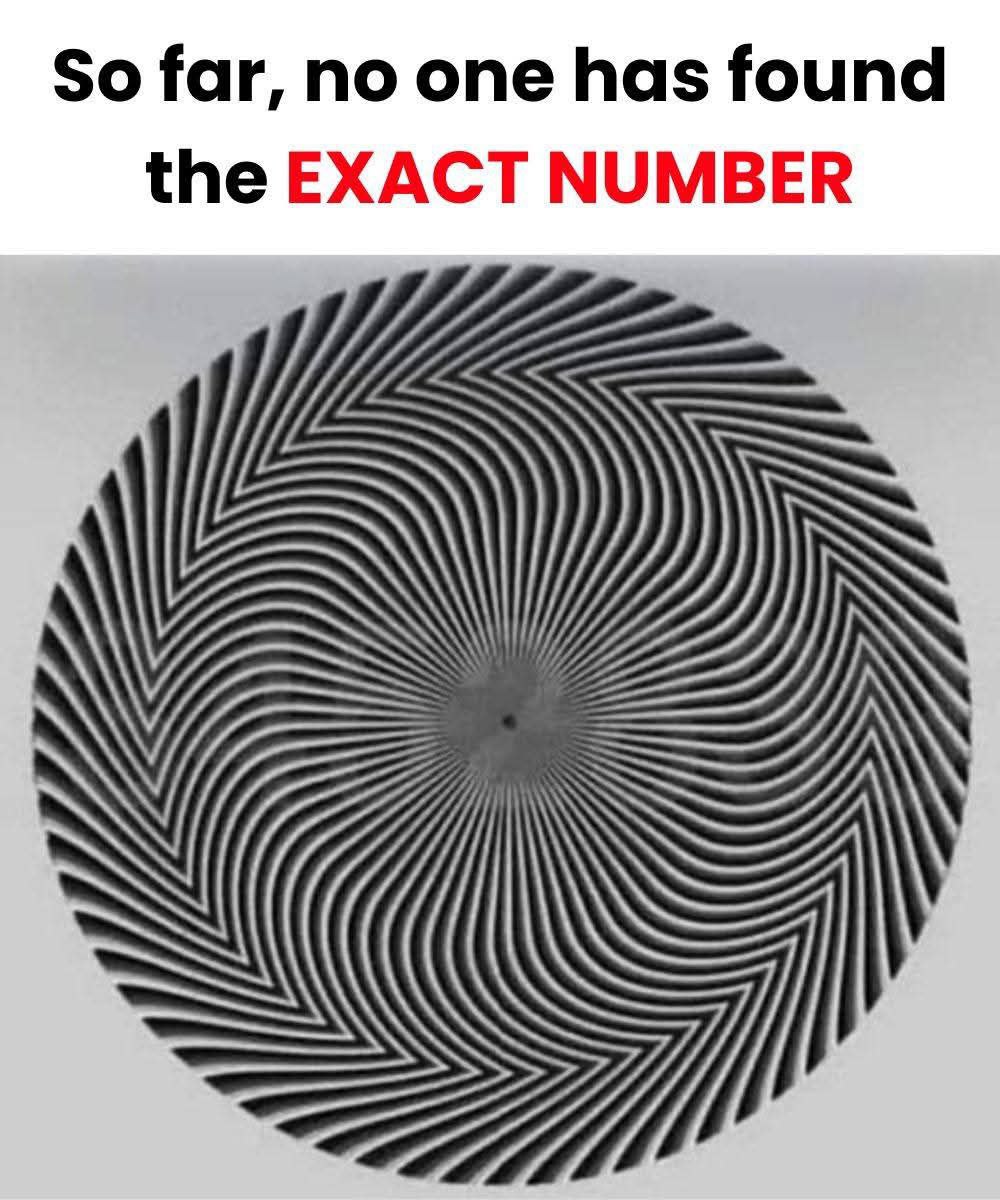🧠 Cognitive Load and Visual Fatigue
The illusion also taps into cognitive load theory. As the brain attempts to decode the pattern, it becomes overwhelmed by the lack of clear boundaries. This visual fatigue can lead to frustration—or fascination—depending on the viewer’s mindset.
Designers and psychologists alike use such illusions to study attention, perception, and even emotional response. The “Crying Circles” image, for instance, has been used in experiments to measure how long individuals can focus before their perception begins to shift.
🔍 Why We Love to Be Fooled
There’s a deeper reason why illusions like this go viral: humans are wired to solve puzzles. The inability to find a definitive answer triggers curiosity, competition, and even community. Online forums teem with theories, ranging from mathematical breakdowns to philosophical musings about reality itself.
In a digital age where clarity is often demanded, optical illusions remind us that ambiguity can be beautiful—and that sometimes, the mystery is the message.
Would you like this article translated, expanded into a longer piece, or tailored for a specific publication or audience? I can also write on science, culture, food, tech, or anything else you’re passionate about.

